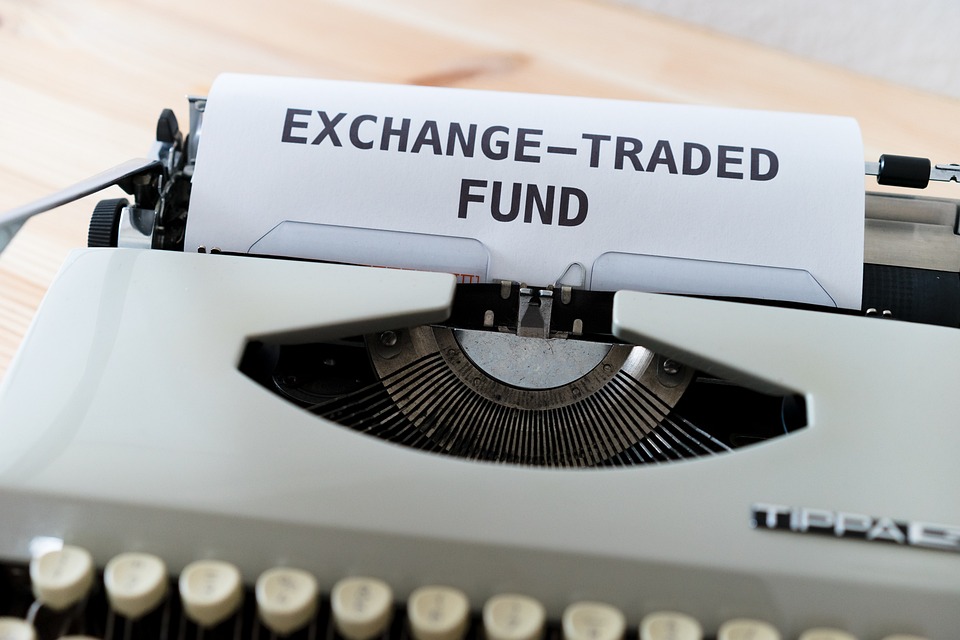Avoid These Popular ETFs With Triple-Digit Yields

Image Source: Pixabay
I was recently asked by a Wealthy Retirement reader to evaluate the dividend safety of the YieldMax Magnificent 7 Fund of Option Income ETFs (YMAG), which has a 39% yield.
This is an interesting ETF in that it pays weekly dividends. I’ll get into how the YieldMax ETFs work in a minute, but as is the case with all the YieldMax ETFs, this dividend is variable, so you can’t count on a specific amount of income in any year, month, or week.
Here’s a chart showing the last three months’ worth of weekly dividends.
It’s a pretty sure bet that the dividend will go up and down again during the year (and month).
A variable dividend will always get an “F” rating for dividend safety because of the frequent declines in the payout. This ETF is no different.
But this question sparks a broader discussion of the YieldMax ETFs. These ETFs offer enormous yields on some of the most popular stocks in the market, including Tesla (TSLA), Apple (AAPL), Super Micro Computer (SMCI), MicroStrategy (MSTR), and practically any other stock that becomes trendy.
However, they don’t buy shares of their underlying stocks. They buy a call and sell a put on the stock and then sell a call, creating a synthetic covered call. Then they buy Treasurys to generate more income and boost their gigantic yields.
And when I say gigantic, I mean it.
The YieldMax TSLA Option Income Strategy ETF (TSLY) has a current yield of 118%.
That’s not a typo.
The YieldMax NVDA Option Income Strategy ETF (NVDY) yields 53%.
Tame by comparison is the YieldMax MSFT Option Income Strategy ETF (MSFO), with “only” a 26% yield.
But even when you include the lofty payouts, you’d make more money by simply owning the stocks rather than buying these ETFs.
Before we get into their performance, there are a couple of things to remember.
1. The more complicated the product, the more expensive it is.
Buying, selling, and holding a stock costs nothing with most brokerages.
But trading options, managing positions, and paying everyone from traders to portfolio managers to lawyers all costs money. As a result, there is an expense to owning these ETFs – generally 1%. That’s not terribly high, but it does reduce your return.
2. Wall Street doesn’t just give away money.
If you could really make 26%, 53%, or 118% owning these positions, hedge funds and large institutions would gobble them up faster than you can click your mouse. There’d be nothing left for retail investors.
When you come across any investment with a sky-high yield, beware. The risk will be much greater than usual. Very high yields are there for one of two reasons: to draw you into a risky investment or to collect fees from you (or both).
In November, I looked at all of YieldMax’s single-stock option income ETFs. Almost all of them underperformed their respective stocks, even when you included the giant yields.
Here are a few updated examples for the full year 2024, with dividends included.
Even with the Tesla ETF’s 100%-plus dividend yield, it trailed Tesla’s stock by more than 30 percentage points. Nvidia’s ETF underperformed by 53 percentage points. Microsoft’s lagged the stock by more than 1.5 percentage points. (Again, the ETFs’ returns do include the giant yields they paid.)
How about when the stock goes down? Surely the big yield offsets some of the losses, right?
Nope.
Moderna (MRNA) was one of the few stocks that YieldMax covers that fell in 2024. It lost 57.9%. The YieldMax MRNA Option Income Strategy ETF (MRNY) lost 59.3% despite paying out $9.39 per share in dividends, which would have equaled a 39% yield on the closing price on December 29, 2023. So even with a 39% yield, you would’ve lost more money owning the ETF.
I can’t say it more plainly than this…
Do not chase those yields.
Don’t buy the YieldMax ETFs or others that are like them.
They are not good investments.
More By This Author:
4 Smart Tax Moves Every Investor Should MakeIs SiriusXM’s 5.2% Yield Music To Investors’ Ears?
Private Equity In Retirement Accounts: What Investors Need To Know





